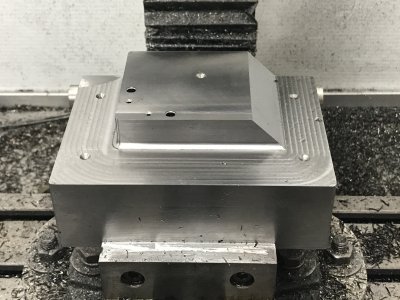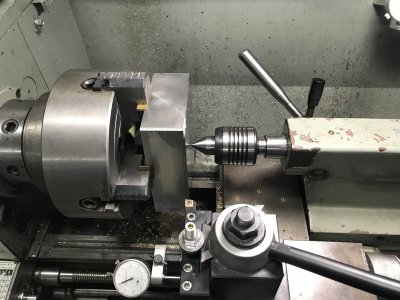- Joined
- Jan 11, 2018
- Messages
- 308
It would never work for me, I use the compound on a regular basis and am constantly pivoting the QCTP on my 14 x 40 Jet.
I'm planning to add a separate retainer plate that will prevent rotation, but you could always use the block without it and rotate the tool post. I'm planning to leave my compound set up with the QTCP stud in place so that I can pull the tool post off, unscrew the 4 hold down bolts, pull the block off, thread set screws in the holes and then drop the compound back on. It sounds like a lot, but I think I can get it down to a minute or two.



